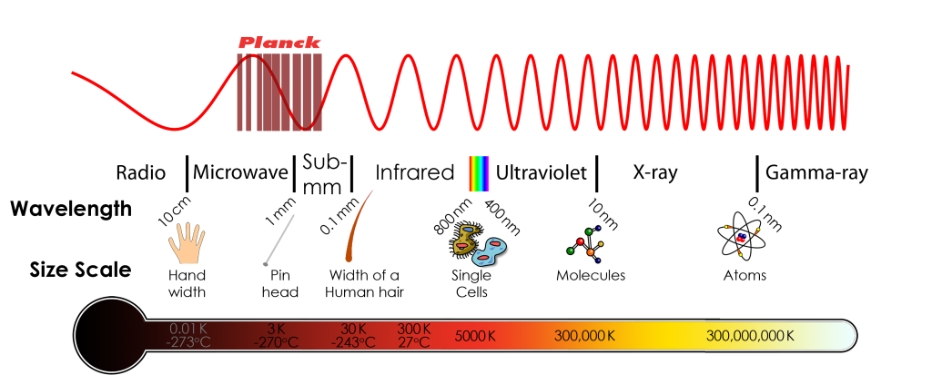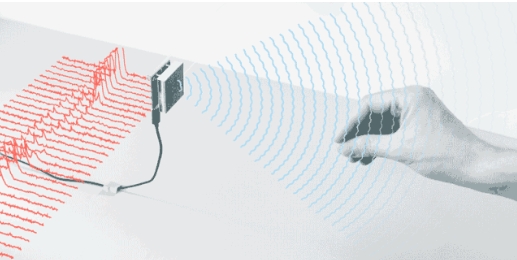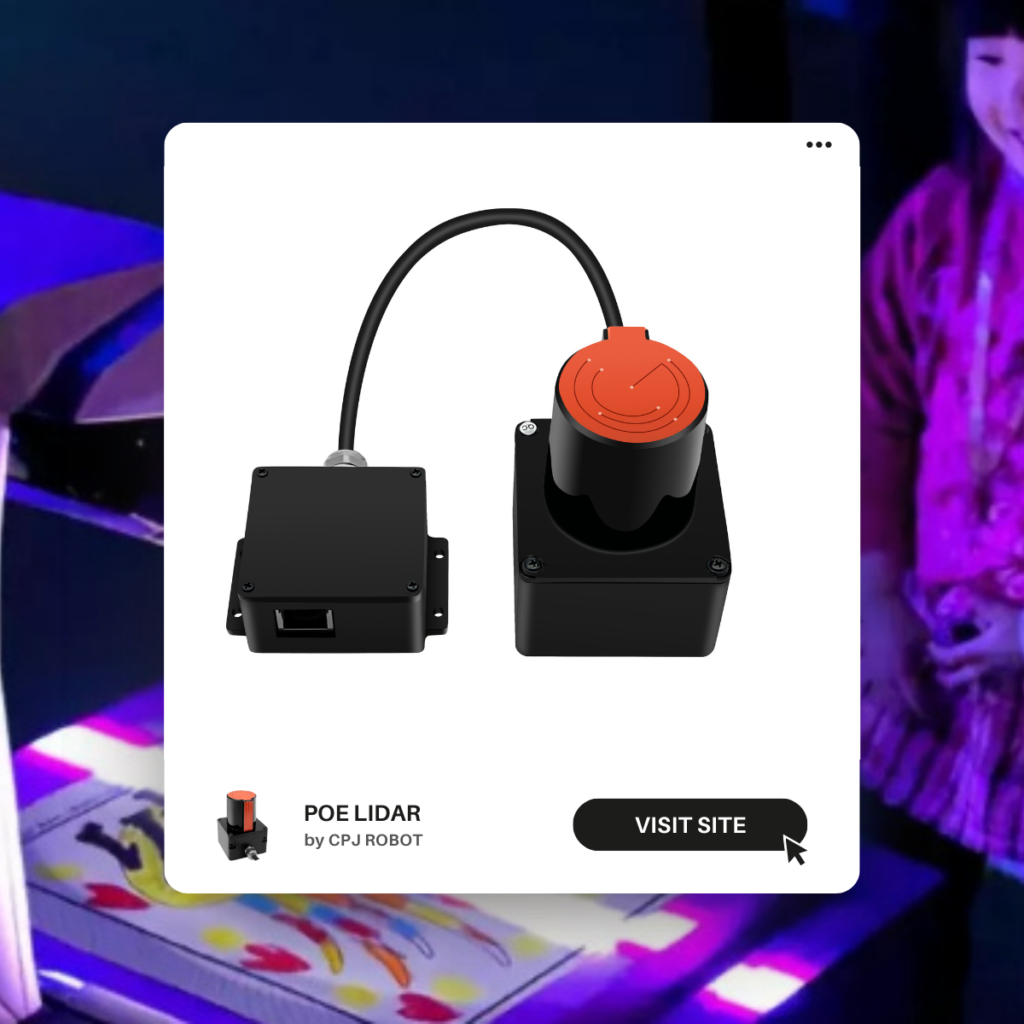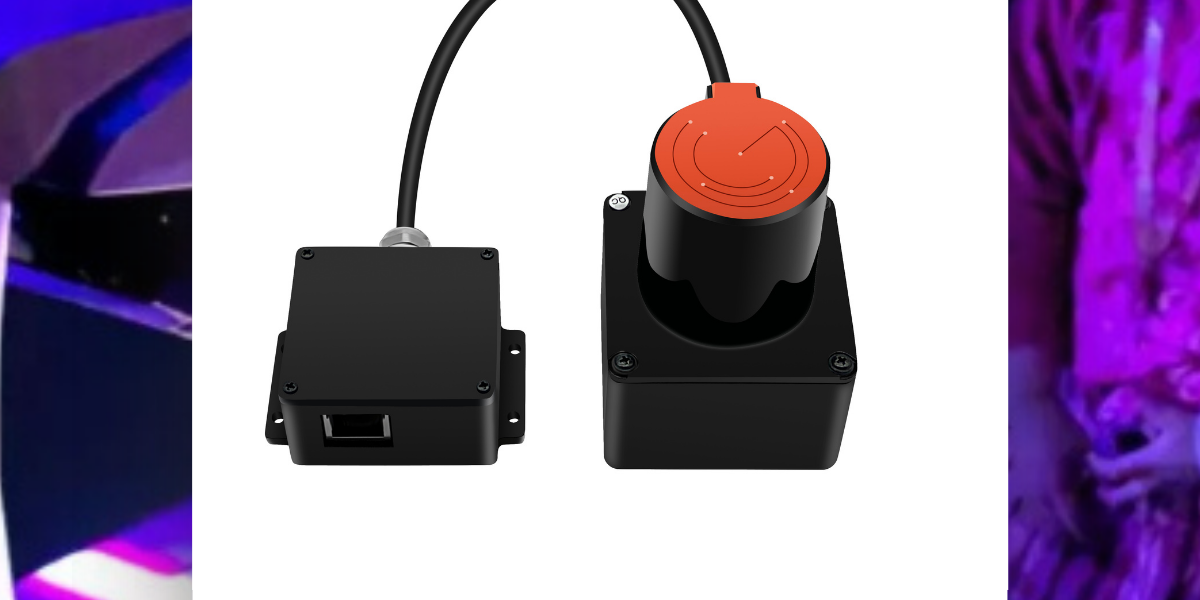Introduction
Radar technology has revolutionized multi-touch interactive systems, offering a non-contact, precise, and efficient solution for tracking touch points. While many radar systems can be applied to this technology, two major radar bands—millimeter waves and microwaves—are often compared for their effectiveness in multi-touch applications. In this blog, we’ll explore the key differences between these radar bands and how they impact multi-touch performance, helping you understand which is better suited for your needs.

Millimeter Wave
What Are Millimeter Waves and Microwaves?
Millimeter waves and microwaves are both electromagnetic waves used in radar systems. However, they operate at different frequencies, which affect their range, accuracy, and overall performance.
- Millimeter Waves (30-300 GHz): These waves have shorter wavelengths, which make them ideal for high-precision applications. They are commonly used in advanced radar systems, including those for gesture recognition and fine object detection.
- Microwaves (300 MHz – 30 GHz): These waves have longer wavelengths than millimeter waves and are often used in traditional radar systems for larger objects and broader detection ranges.

Microwave
How Radar Bands Affect Multi-Touch Applications
The performance of a multi-touch system heavily relies on the radar band used. Below are the main differences between millimeter waves and microwaves in terms of multi-touch applications:
- Precision and Accuracy
- Millimeter Waves: With their shorter wavelengths, millimeter waves offer extremely high precision, detecting touch points with sub-millimeter accuracy. This is crucial for applications that require fine detail, such as gesture control in automotive interfaces or medical equipment.
- Microwaves: While still effective, microwaves provide lower resolution compared to millimeter waves. They can detect touch points but lack the fine precision necessary for tasks requiring intricate touch input.
- Range and Penetration
- Millimeter Waves: These waves are ideal for short-range, high-precision applications but struggle with longer distances due to high atmospheric attenuation.
- Microwaves: Microwaves perform better at longer ranges, making them suitable for broad detection areas. However, their larger wavelengths reduce precision in close-range multi-touch systems.
- Interference and Robustness
- Millimeter Waves: These waves are more prone to interference from environmental factors such as rain or dust, limiting their robustness in certain conditions.
- Microwaves: Microwaves are less susceptible to environmental interference, making them more reliable in outdoor or industrial multi-touch systems.
- Cost and Complexity
- Millimeter Waves: Due to their higher precision and shorter range, millimeter wave systems are more complex and costly to implement. However, their benefits in high-precision applications justify the investment.
- Microwaves: Microwave-based systems are generally more affordable and easier to deploy, especially for larger-scale applications where precision is less critical.
Applications of Millimeter Waves and Microwaves in Multi-Touch Systems
- Millimeter Waves: Best suited for high-precision tasks like gesture control in smart devices, virtual reality (VR), and medical instruments.
- Microwaves: Ideal for broader applications such as industrial touch interfaces, security systems, and automotive radar systems where a larger detection range is beneficial.

CPJ ROBOT‘s LiDAR interaction utilizes millimeter-wave radar technology. By transmitting low-power electromagnetic waves toward a target and subsequently receiving the reflected signals, the system employs advanced algorithms to determine the target’s position, orientation, and movement. This enables real-time interaction capabilities.
Conclusion
Both millimeter waves and microwaves have their strengths and weaknesses in multi-touch applications. Millimeter waves offer unparalleled precision for tasks requiring fine detail, while microwaves provide better range and environmental resistance. The choice between the two depends on your specific application—whether you prioritize precision or robustness. As radar technology continues to advance, we can expect further improvements that will enhance the performance of both radar bands in multi-touch systems.







